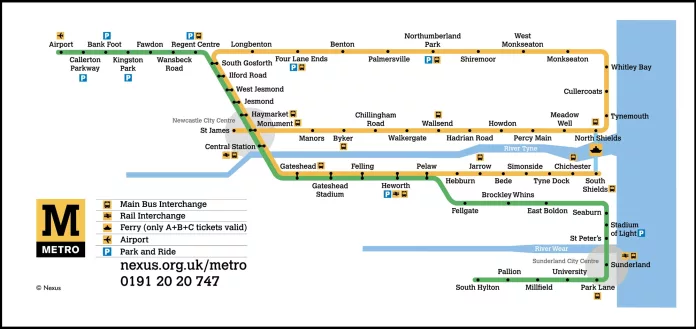

Sunderland’s Metro Expansion Plan: Sunderland’s Metro Expansion Plan envisions the extension of the Metro network into key areas, including Hendon, Grangetown, and Ryhope. These proposed routes bring with them the potential to revolutionise transport within the city. By connecting these areas to the Metro network, Sunderland can unlock accessibility for residents and commuters, reducing congestion on the roads and enhancing the overall urban experience.
The Role of City Council and Local Councillors: At the heart of this expansion plan are key figures such as Liberal Democrat councillor Ciaran Morrissey and Labour’s Michael Mordey. The city council, driven by their collective efforts, has put forth a motion to support the expansion proposal. Their commitment to enhancing Sunderland’s transportation infrastructure underscores the importance of this initiative.
Funding Challenges and Solutions: To fund this ambitious project, various strategies have been considered, including the Network North programme. Additionally, the potential reallocation of £36 billion in savings from scrapping the Northern leg of HS2 could provide a substantial financial boost. These innovative funding solutions signify a commitment to making Sunderland’s Metro expansion a reality.
The Re-opening of the Leamside Line: The reopening of the Leamside Line forms a crucial element of Sunderland’s broader transport strategy. This historic railway line’s revival promises to further integrate Sunderland into the regional and national rail network, bolstering the city’s infrastructure and facilitating smoother travel.
The Importance of Government Support: Michael Mordey, an advocate for the expansion, has emphasised the necessity of government support. With the backing of the government, Sunderland’s Metro expansion can progress swiftly, offering numerous benefits to the city’s residents.
The Broader Impact on Sunderland: Expanding the Metro network has far-reaching implications for Sunderland’s socio-economic growth. Increased connectivity will make the city more attractive to businesses and commuters alike, potentially leading to increased investment, job opportunities, and a better quality of life for its residents.















